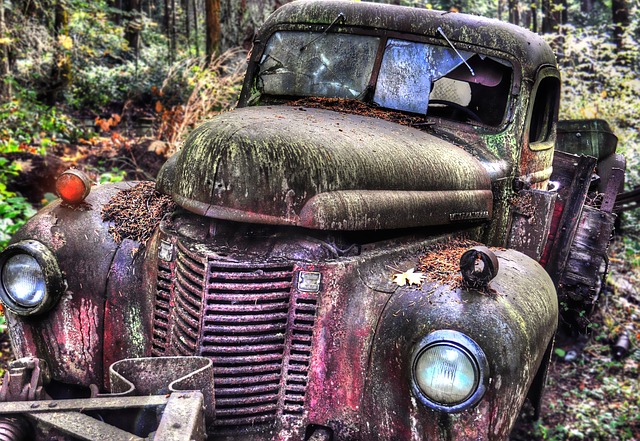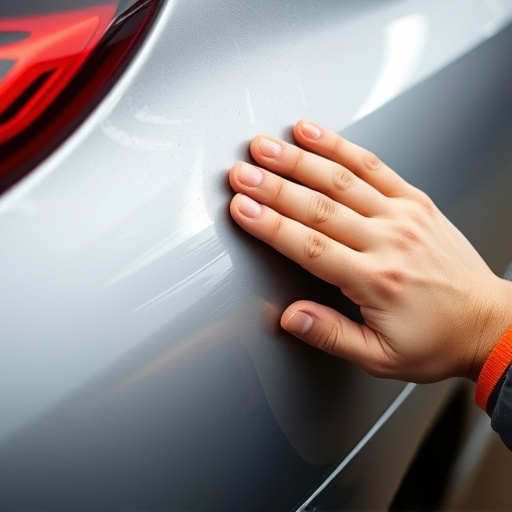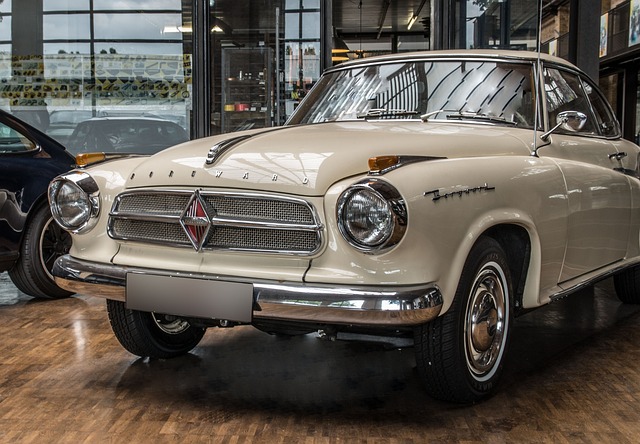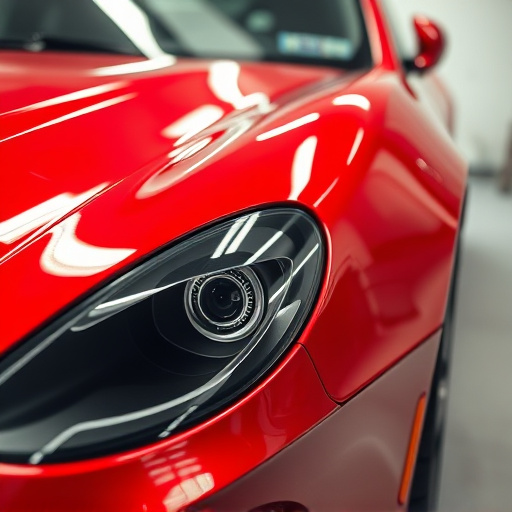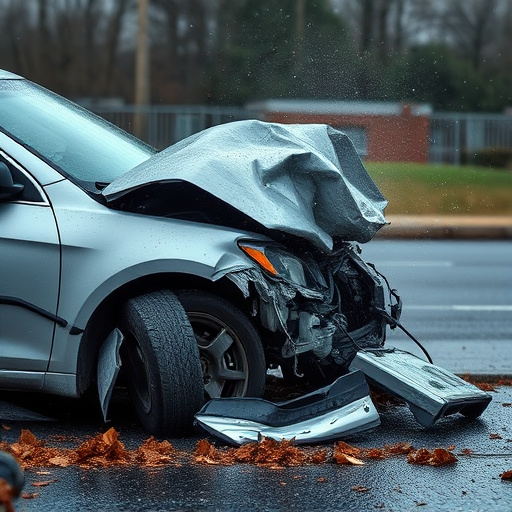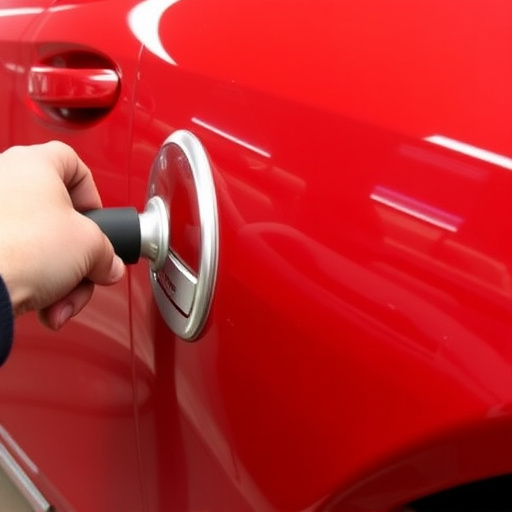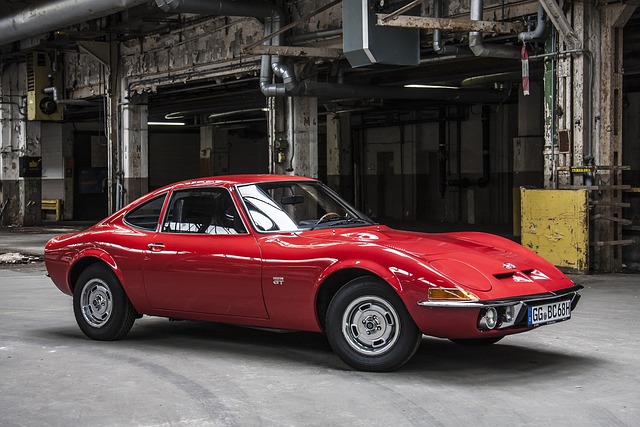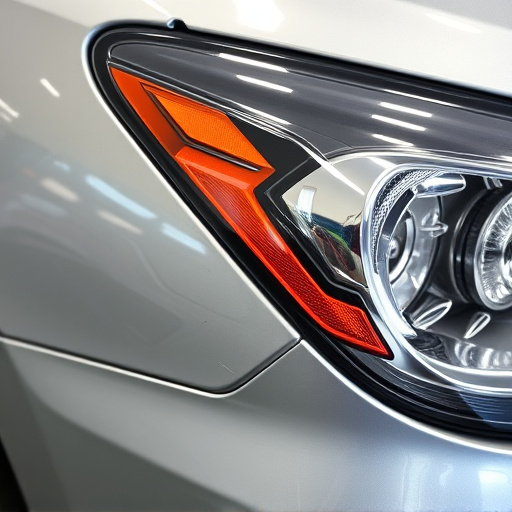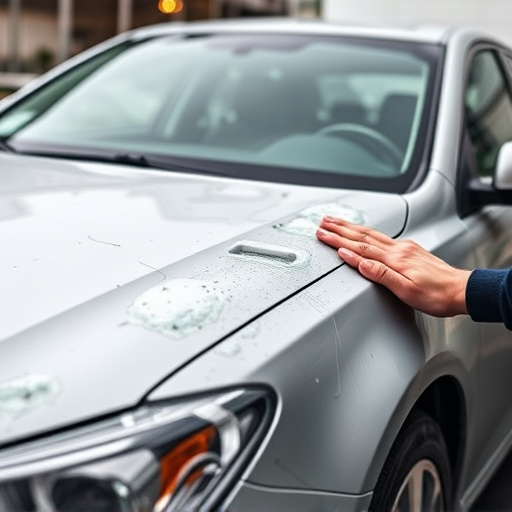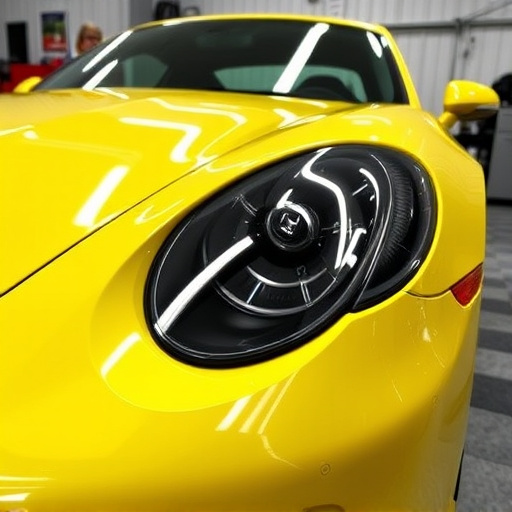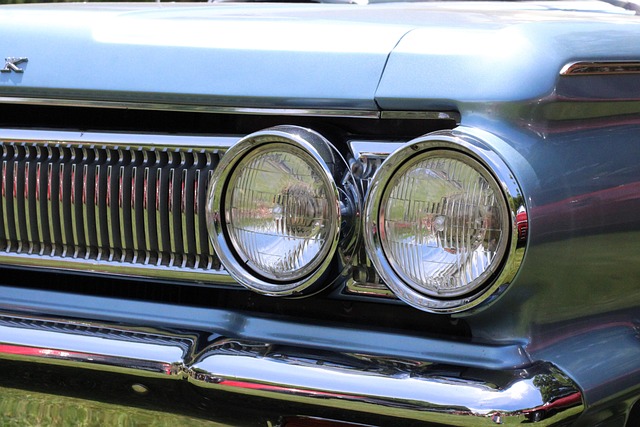Understanding paint composition is vital for auto body collision repair. Resins, pigments, solvents, and additives determine protection, durability, and aesthetics. Visual assessment and advanced color analysis ensure precise matching for seamless repairs. Modern tools like digital systems and high-definition cameras speed up the process, enhancing quality in hail damage or car dent restoration.
In the intricate art of auto body collision repair, achieving flawless results demands a deep understanding of paint matching techniques. This comprehensive guide explores the science behind paint composition and its properties, empowering technicians with powerful visual assessment methods and cutting-edge color analysis tools. Discover advanced technologies that revolutionize precise matching, ensuring each repair tells a story of precision, expertise, and a seamless return to the road for these restored vehicles in today’s auto body collision landscape.
- Understanding Paint Composition and Properties
- Visual Assessment and Color Analysis Techniques
- Advanced Tools and Technologies for Precise Matching
Understanding Paint Composition and Properties
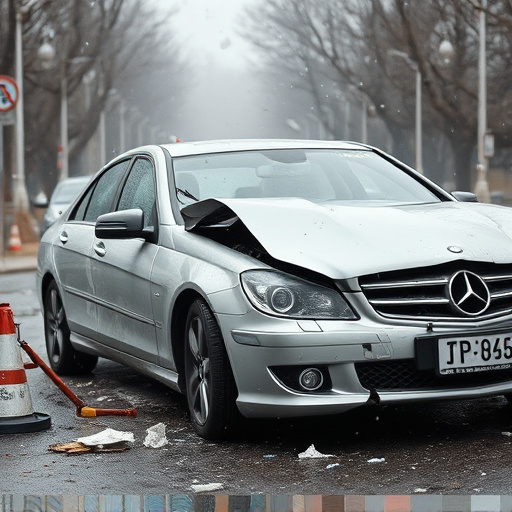
In the realm of auto body collision repair, understanding paint composition and properties is a game changer. Paint is not merely a coat of color; it’s a complex material composed of resins, pigments, solvents, and additives. These components interact to provide protection, durability, and aesthetic appeal. For instance, resins offer bonding strength and resistance to chemicals, while pigments determine the final color match. Solvents facilitate application by reducing viscosity, and additives can enhance properties like flow or gloss. Knowing these aspects is crucial for professionals in auto collision centers as it enables them to select the right paint formulations for specific repair needs, ensuring a seamless blend with existing surfaces.
Moreover, the properties of paint play a pivotal role in achieving precise color matching during collision damage repair. Factors such as viscosity, drying time, and surface adhesion significantly impact the final outcome. Professionals must consider these characteristics when repairing vehicles, especially when dealing with intricate designs or unique vehicle colors. By understanding how different paints interact with one another and the surface of the car, they can ensure that repairs are not just functional but also aesthetic, restoring the vehicle to its pre-accident condition in terms of both structural integrity and visual appeal—a key aspect of automotive collision repair.
Visual Assessment and Color Analysis Techniques
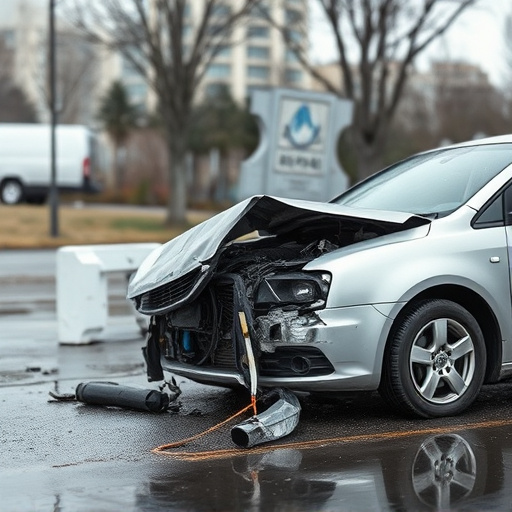
In auto body collision repair, the initial step in paint matching is a meticulous visual assessment of the damaged area. Technicians inspect the surface carefully, taking note of the extent and type of damage, including dents, scratches, and cracks. This hands-on evaluation is crucial as it provides essential insights into the repair process ahead. By examining the affected panel under natural light, they can identify variations in shade, tint, and texture that might go unnoticed otherwise.
Advanced color analysis techniques further enhance the precision of paint matching. Tools such as spectrophotometers measure the reflected or emitted light from a surface, capturing detailed color data. These devices allow auto body repair specialists to compare the damaged area with the original vehicle’s paint code, ensuring an exact match. This scientific approach, often combined with traditional visual assessment, facilitates the selection of the right base coat and clear coat for a seamless, durable finish, effectively repairing hail damage or car dents as part of comprehensive automotive repair services.
Advanced Tools and Technologies for Precise Matching
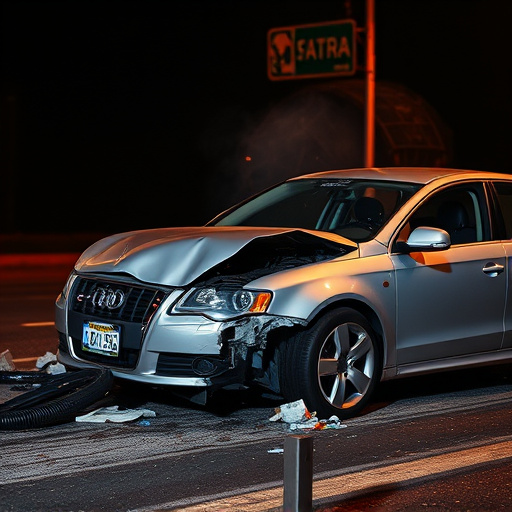
In the realm of auto body collision repair, staying ahead requires embracing advanced tools and technologies that ensure precise matching during the restoration process. Modern automotive body shops now employ sophisticated equipment designed to accurately match vehicle paint colors, ensuring seamless integration between old and new parts. These innovations have revolutionized the way repairs are carried out, especially in hail damage repair scenarios, where quick and efficient color matching is paramount.
Through the integration of digital color-matching systems and high-definition cameras, professionals can now capture detailed images and precisely analyze paint composition. This level of technological sophistication allows for unparalleled accuracy in identifying and replicating original paint shades, even after significant wear and tear. As a result, the once laborious task of manual matching is significantly streamlined, leading to faster turnaround times and higher-quality outcomes in auto body repair.
In the realm of auto body collision repair, precise paint matching is a testament to the skill and technology employed. By understanding paint composition, utilizing advanced visual assessment techniques, and embracing innovative tools, professionals can restore vehicles to their original vibrant state. These cutting-edge methods ensure that every hue aligns perfectly, creating a seamless and lasting finish, enhancing the overall quality of auto body collision repair services.
